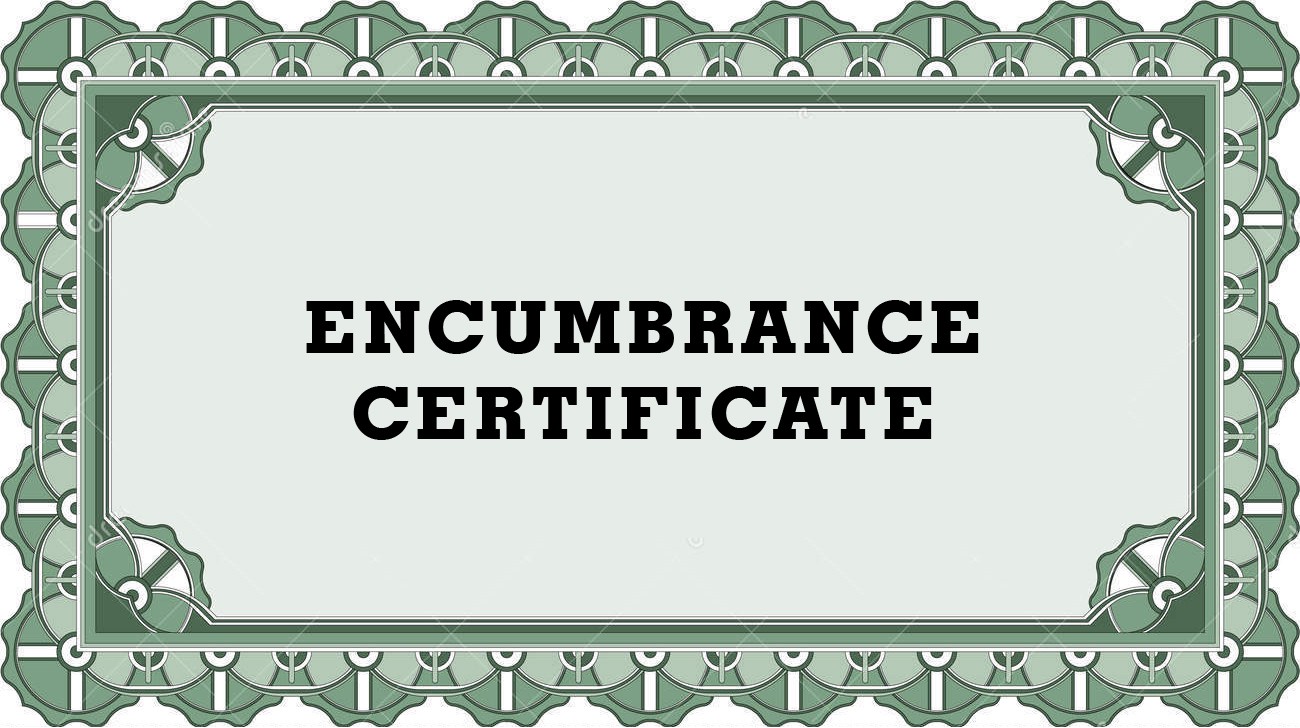Encumbrance Certificate: Why it is Important for Home Loan?
rimzim • May 19, 2021

If you’re making plans to buy a home, you must have come across the ‘Encumbrance Certificate (EC)’. While preparing for the large purchase through bringing together all required documents, ensure you don’t leave out an Encumbrance Certificate of the particular property.
What is an Encumbrance Certificate(EC)?
An Encumbrance Certificate (EC), a crucial document, verifies free title/possession of a property. The document is needed while purchasing or selling a property or when applying for a home loan or loan against property to confirm that the particular property is free of any economic or legal liabilities.
The word “Encumbrance” refers to any financial or non-financial claims on a property apart from the title-holder of the property.
Why is the Encumbrance Certificate (EC) Important?
The significance of an EC is expressed in the following points:
- Buying a property is huge financial funding making it essential for customers to check for any encumbrances as it can transfer to them together with the property owner. Getting an “Encumbrance Certificate” of a property offers a purchaser guarantee of the fact that the property no longer has any monetary or non-monetary liabilities which include liens, outstanding loans, and leases.
- To smooth your way to loan approval, prioritize obtaining an Encumbrance Certificate. It proves your property’s legal status and assures lenders of its suitability for collateral. However additionally to make sure that the purchaser may be eligible for the loan.
Don’t get caught off guard! These additional situations might require your Encumbrance Certificate:
- To get the mutation of property (Khata Registration / Khata Transfer / Patta) done, the documents are submitted
- If the required property or land tax isn’t paid for more than three years, the certificates are provided to the Village / Panchayat Officer to replace the land tax records
- To withdraw PF for a property, buy, or home construction
How to Obtain an Encumbrance Certificate?
The EC for a property is provided on the sub-registrar’s office wherein the property has been registered. To verify the transactions which have taken place regarding a property-
- Application is to be made to the registration office for an EC, together with an attested copy of address proof, information about the property, its title details, and the price applicable for acquiring the Certificate.
- The officer will check out the Indexes for information in the specific period.
- An Encumbrance Certificate with the information of the transactions in a certain period, or if no transactions have taken place, a Nil Encumbrance Certificate (NEC), is issued.
- The certificates are issued 15-30 days from the date of application.
- The forms of the applications and certificate are specified in the annexures to the regulations of the Registrations Acts of the respective states. Usually, an application is made in Form No. 22, and the EC is issued in Form No. 15, NEC in Form No. 16 of the respective state rules.
What is a Nil Encumbrance Certificate?
When you apply for an Encumbrance Certificate, you will be approached to determine the period for which you need the data.
If there are no charges set on the property during the mentioned period, a “Nil Encumbrance Certificate” will be given. This implies that no moneylender has set a lien on the property during that period.
What does an Encumbrance Certificate Include?
An EC for a particular time frame includes the list of all registered identified with the property that occurred during the mentioned time span. People can get an Encumbrance Certificate of a property for up to a time of 30 years.
Note that, if you are asking an EC for a specific period, you will get the subtleties just for that period and not more. The subtleties will be given from the sections accessible in the register accessible with the sub-register.
How to Apply Offline?
In states where ECs are not given online, the candidate should visit the sub-recorder’s office where the property being referred to is enlisted. Write an application on plain paper, unmistakably referencing the data you look for and submit it alongside properly filed Form 22. You should pay a nominal expense alongside your application to get the EC. The expense would change, contingent upon the period for which the EC is looked for.
How to Apply Online?
The steps to use for an Encumbrance Certificate differs from one state to another. A few states in the country permit customers to apply for an EC online. If you cannot apply for an Encumbrance Certificate online for your state, you need to go to the respective Sub-Registrar’s Office.
Below is the method to apply for an Encumbrance Certificate online:
- Visit the respective State’s official land registration website and choose the option to use for an EC.
- Enter all of the required fields at the application for the encumbrance certificates window, then click on save/update.
- Enter the hunt period for that you require the EC after which click on on ‘Calculate Fee’.
- Upon paying the specified application charge is paid and is filed, you’ll be directed to the ‘Acknowledgment’ window. Click ‘View Acknowledgement’ and you’ll be capable of taking a print of the acknowledgment.
- An inspection might be carried out through an inspector from the land records department and take a look at all records of the stated property for a period.
- Post the completion of the inspection, an EC will be issued will all transactions that occurred during the specified period. If there had been no transaction all through the period, then a nil EC will be issued.
Share this article on WhatsApp
Also read:
